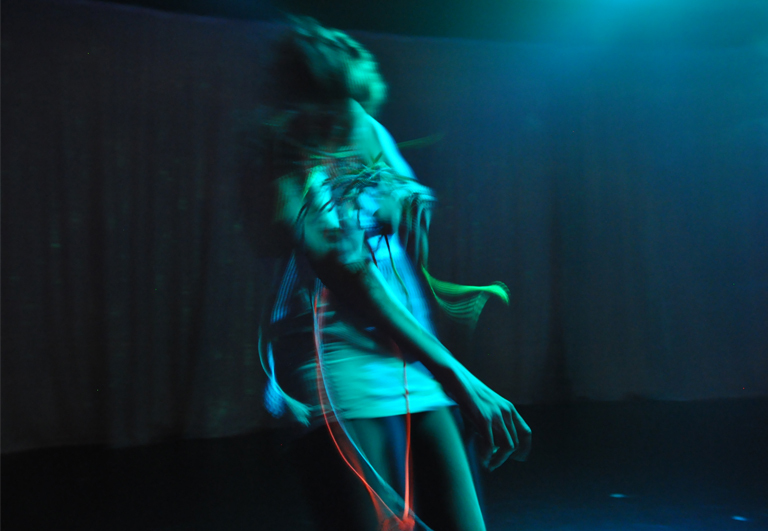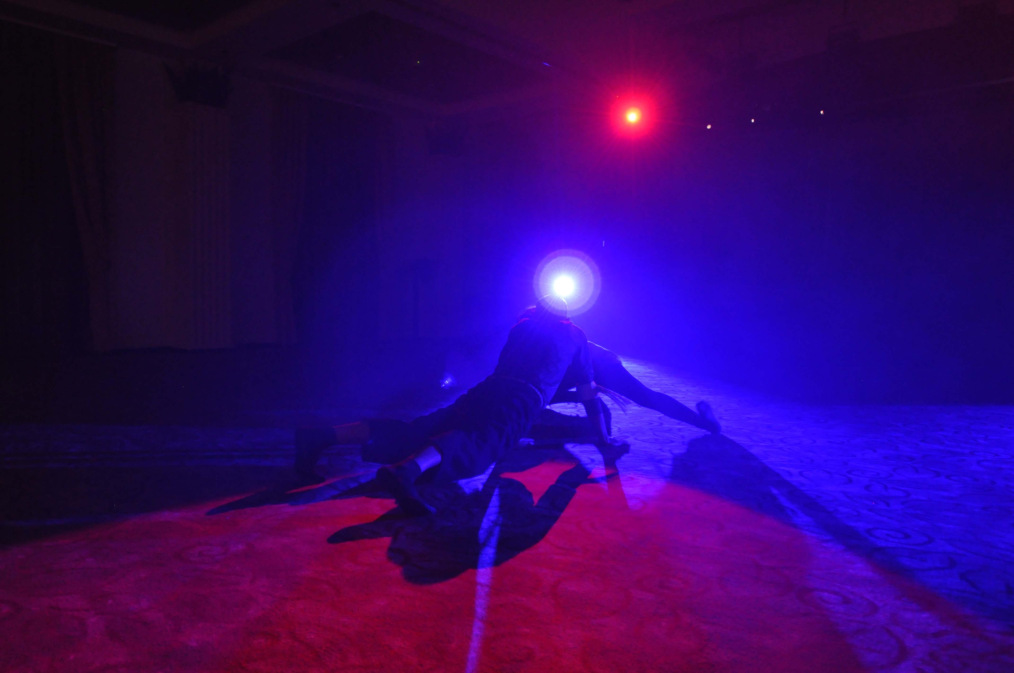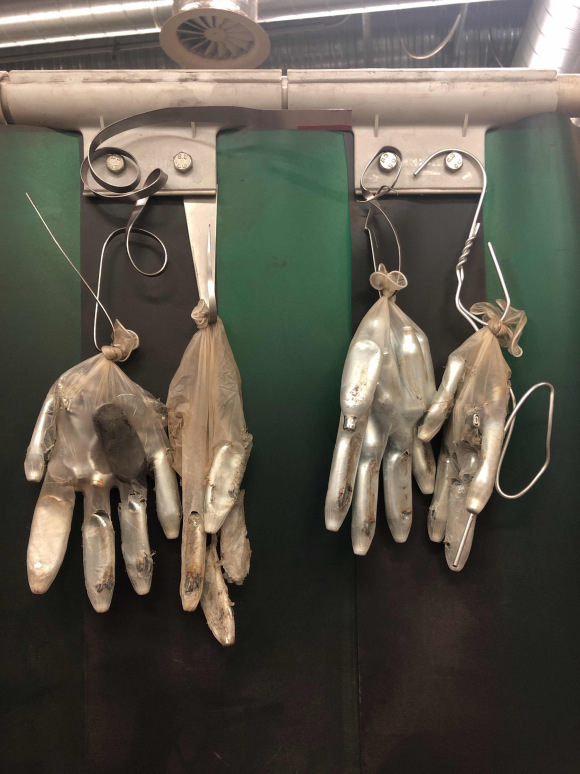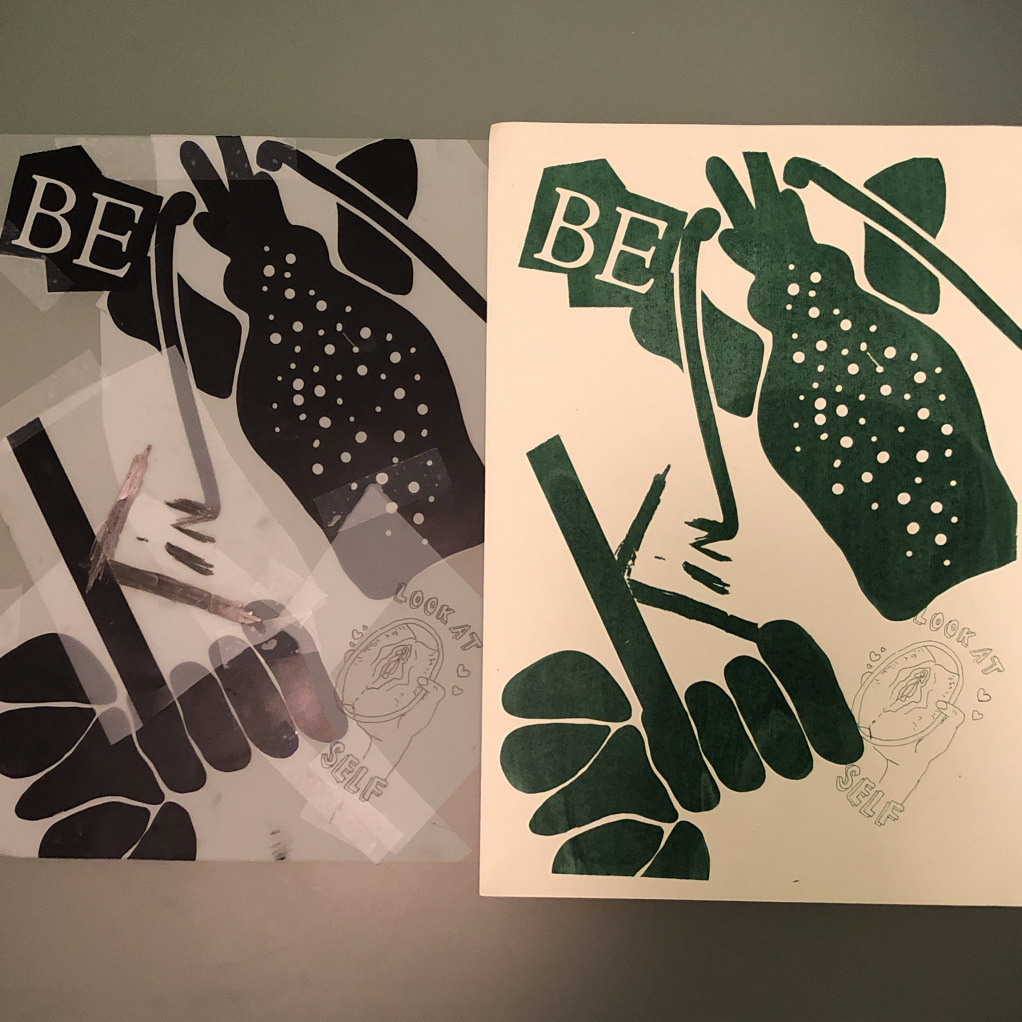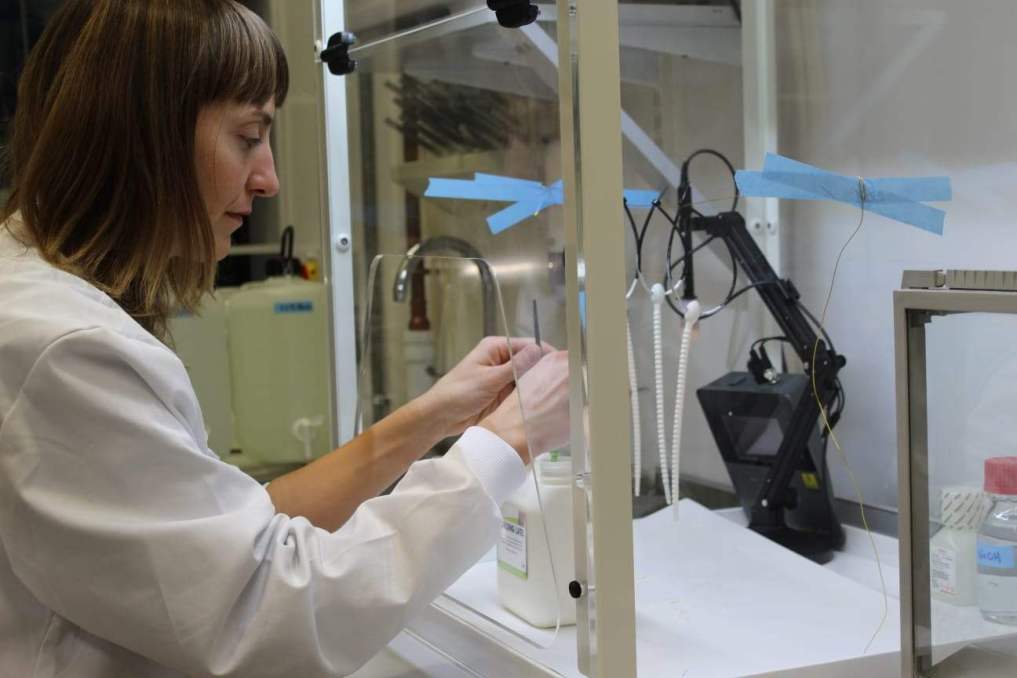
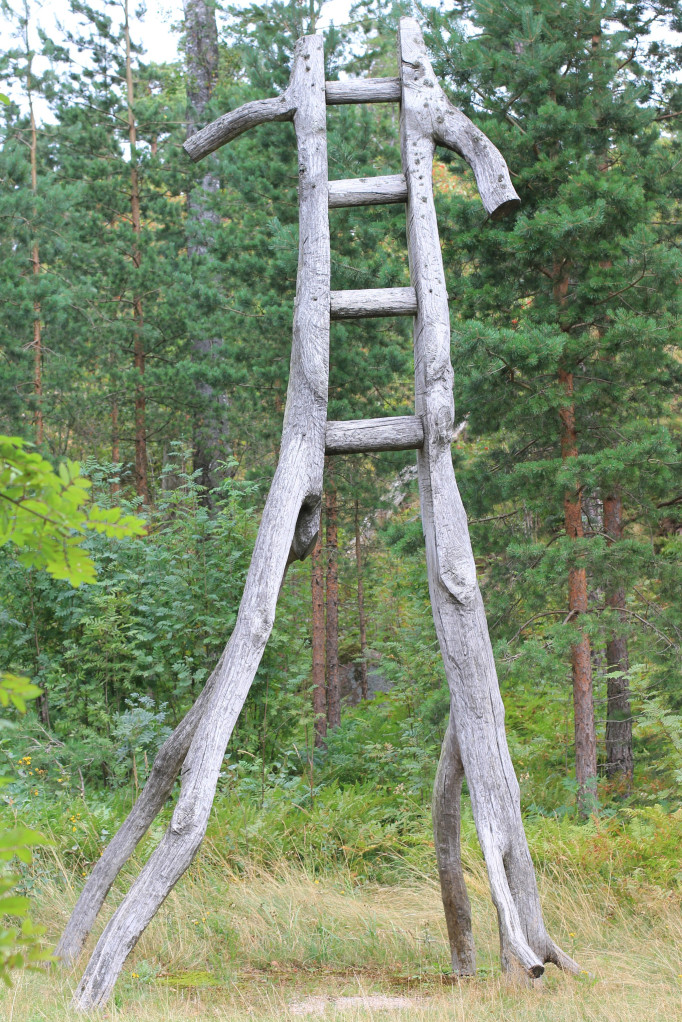
KI(N) AS EXODUS. SUBVERTING THE ART & SCIENCE CANON
A critical evaluation by Jatun Risba, written in London in February 2020
UNIT 1, MA Art & Science (MAAS), CSM-UAL
– First and Last Submission to MAAS –
INTRODUCTION
This critical evaluation takes the form of an essay which presents the artistic and spiritual journey of Jatun Risba in the first Unit of the MA Art and Science (MAAS) course. The author does not pretend to offer a critical analysis or rationale of the academic experience of the course: to the contrary, the author is aware of the poetically prophetic language of the text that leaves little space for critical evaluation. In fact, the text functions more like a musical notation, whose meaning and purpose is the dance.
Why dance? There are no “higher” or “abstract” cerebral processes going on in the experience of dance and music. Both unfold in the present and are fulfilled in each moment of the course. The language of kinship, which this essay is introducing, is setting the tone of the dancing. Its strings of words have to be sung rather than pronounced; danced on rather than understood. The author wishes the dance to be enjoyable but if not, never mind. The dancers (readers and listeners) are always free to find or produce kin resonant imaginary.
LANGUAGE OF KINSHIP
The inspiration for a new language of kinship originates in the work of Robin Wall Kimmerer, an American professor of environmental studies and botanist with native American roots, who noticed that using the traditional term ‘it’ for other species distanced humans from animals, plants and the animated earth so she proposed using ‘ki’ instead.
The author – ‘ki’ - proposes to extend this idea by using the terms ‘ki’ and ‘kin’ to describe not only other non-human species but also humans and even non-living objects. The aim of this activity is to encourage people to think about not only aspects of nature but also all forms of matter as equally valuable. Ki believes that this will help humans to overgrow and abandon processes of exploitation and to plan the use of natural and other resources in a more conscientious and sustainable way. The aim is to develop an awareness and care for all living organisms and for the flows of life of inert materials as well. In a linguistically crafted world, the language of kinship gives breath and voice to the more-than-human world.
Would animals, plants, landscapes and things commence to speak, maybe sing or hum, once noticed, respected and regarded as meaningful? What kind of stories and teachings can kinship chants offer to humanity about global interspecies wellbeing? In this ultimate example of prosopopoeia, the reader is stimulated to be moved by the emerging songs of Earthly companionship. The premise of this experimental linguistic concerto is that a shift in the use of grammar, spontaneously leads to a shift in kin awareness, value systems and relationships within ‘Terra’.
BE-COMING KI(N)1
Ki is a kin being and an artist. Neither a transdisciplinary or interdisciplinary artist; nor a performance or multimedia artist; just an artist, who likes to dance.
Ki is the germ of pre-expressive kinship which emerges from a state of dilated consciousness. Ki is a kindergarten of subjectivity; a selfhood in flux, in a constant process of becoming and unbecoming. Kinship sets up a playground, where the inseparability of life and death is fully accepted and honoured. Only then, the mind can let go of fear. Only then, the beauty, strength and vitality of death can be grasped.2
Ki restores art to the processes of life so that art becomes a form of life. Ki is an art of living. Ki is an artist of self. From this point of view, all categorizations of art are ornamental, or said differently, of questionable, transitory value and meaning. Kin art practice is off-category as it proposes a divergent self-informed paradigm of cultivating art – an art of Terrestrial kinship.
Since be-coming Jatun Risba (in 2012), ki has been cultivating liberty and compassion, while setting free from the past, from strategic and self-oppressing politeness, from behavioural toxicity, from the re-quests to please and conform to the dominant status-quo. Ki is not and cannot be domesticated! Ki is never alone as everyone and everything is ki also. Therefore, ki is always surrounded by and in correspondence with kin.
This rewilding journey of be-coming ki(n) has been feeding interspecies reciprocity, solidarity, body-centred perspectives, authenticity and shamelessness. Jatun Risba has come into being already pregnant with ki(n). However, it was only after the Christmas break in 2019/20 that ki has been publicly transitioning into a paradigm of earthly kinship. Since then, kin practice has been focusing on “growing kin” first and foremost.
A special care and sensibility for grammar has been rising along, indicating and overturning the current role of language in proliferating and sustaining detachment from the natural world. The emerging language of kinship is creating and facilitating ‘un-worlding’.3 This linguistic and paradigm shift is achieved by emphasizing the entanglements of the phenomena and kin intra-relationality. The language of kinship fuels an awareness of unity, immanence and ‘ontological inseparability’. Language can thus become a tool that shines and spreads reciprocity and self-determination among humans, living organisms and matter.
This viewpoint regarding art is very personal yet beyond personality. It reflects a ‘diffraction’ model of ‘re-turning and re-membering’ (Barad 2017), where every end commences a new beginning; where life flows.
Ki is inviting and embracing the unpredictability of the life-force. Ki is letting go of (the desire to) control. Ki is surrendering to the order of nature and supporting syntropy4 to flourish. Ki acknowledges and respects the life of materials and the embedded intelligence of matter. Ki works within and with life matter. Ki is in correspondence with the manifestations of shared life. Living the moment ... listening, noticing, allowing ... with openness, ethical agency and loving kindness.
KI(N) AS EXODUS
The language of kinship is a virus that causes a dilation of the embodied mind. The achieved hyperaware state of being instigates an exodus from sovereignty and from the superstructures of the mind. What follows is an “engaged withdrawal” (Virno: 2002) from kin domination and exploitation which emerges from a shift in language and in consciousness. The change occurs at an intimate level and is grounded on the coming together of selfhood and Terra.
A grammar of kin reciprocity extends ‘the grammar of the multitude’ (Virno: 2010) beyond humanity. Thus, sowing a healthy ground for the founding of new interspecies communities. From the viewpoint of kinship, “there is no other.” 5 All matter is entangled. Everything and everyone are inter/intra connected beyond spatial and time constraints.
RE-SHAPING
Kin major artwork in the first Unit of the MA has resulted in being ready to embrace the shedding of ego in a beyond-human and post-species domain.
Transitioning and dying are hard core practices. Ki has been overcoming the narrowness and self-centeredness of the first project proposal (‘MRI MS’). Instead of reheating “overcooked” lived experiences, ki has shifted towards an interest in life matter. After receiving various workshop inductions, ki has been exploring:
• flux in painting (use of liquid crystals and neon, glow in the dark pigments),
• IoT programming (in ‘Heallo. Rave in a casino’)
• wearable sensors (in ‘Heallo. Rave in a casino’ and ‘Mpasturavacche, The milk-suckling snake’)
• forging, welding and casting (in ‘Laughing hands’, ‘Something in the Way’)
• silk printing and etching (in ‘Be Kin, look at Self’, ...)
Kin practice is extending selfhood into oceans, air, light, landscape ... and caring of life matters much stronger than before.
Unknown Artists: ‘HEALLO. Rave in a casino’ at Pixxelpoint festival 2019
Jatun Risba: ‘Laughing hands’ (2020)
Above Jatun Risba: ‘Be Kin, look at Self’ (2020), below Jatun Risba in the Grow Lab at CSM (2019)
LIFE MATTERS – A JOURNEY TOWARDS KINSHIP
“So, make kin, not babies! It matters how kin generate kin.” 6
Questions like “What is a matter of life and death? or “What matters in the end?” have been always pushing kin artwork to go deep, deeper and deeper, and deal with the underland of life. In the first semester, ki has been drowning. Ki was brought to deal with the physicality of life “kinself” and to engage more and more in the activity of “growing kin”.
Ki has been re-turning to life matter, the materials through which life-force flows. Re-turning to life is a counter-act in a society that praises death, extinction, strategic domestication of forms and waves of life, non-consensual extraction of life matter from the ground. Restoring life, so to support and facilitate the growth of ecojustice. Supporting the growth of kin matters. Life matters.
Life matters is a leitmotif, an umbrella term for an artistic inquiry concerning the behaviours and values surrounding matter (from Latin mater – "origin, source, mother"). Life matters is a ‘doggy investigation’ (with reference to Franz Kafka’s story The investigations of a young Dog), a journey of curiosity, passion and care. A coin with two sides. On one side, the investigation “life matters” addresses the ‘webs of life’, the formation of structures and models of organization. Here, ki is acknowledging the energy fields of archetypes: the chemistry of thoughts, behaviours and ideas. On the other side, the investigation “life matters” addresses the biology of matter. Questions like: What qualities of being do life matters convey? How do kin engage with the materiality of organisms and of objects? What has to be considered when dealing with life? What matters in the process of production? Which are the good practices to follow when working – not on or from, but rather – in correspondence with kin?
A working definition of life matters is that kin are chemical materials and organic substrates through which life-force flows. Kin are embodiments of energy. Kin are vehicles of life. The 6 life matters ki has been majorly working with are: air, water, soil, carbon, chlorophyll and blood. Ki is currently questioning whether to introduce a seventh life matter in the arena, a living ‘terraformer’, the slime mould. Let’s now have a look at the qualities of life matters.
Matters of life are fluid and incontinent. Shapeshifting, radical and magic. Uncontrollable, powerful and undomesticated. Kin are what habitats and organisms are majorly made from. Matters of life form the ground for interspecies kinship, degrowth and the decolonization of nature. Life matters brings everyone in a state where it matters to befriend life matter and the materiality of objects. The aim is to acknowledge and express kin qualities (instead of properties), to interact/intra-act with kin by allowing the embedded and inscribed intelligence to take over and flourish, to support syntropy and allow kin to transform and commence a further lifecycle.
Talking about life matter and the materiality of objects, it is important to notice how studies of material culture have been concerned overwhelmingly on processes of consumption rather than production (Ingold, 2011: 26-27). People have been focusing majorly on the form and uses of buildings and products, much less on the plaster of the walls or on the processes in which specific goods or material objects came into being. Life matters shifts this perspective and draws attention to the ontogenesis: the process of bringing things to life. Artmaking is understood as a process of “growing”.
Above photo: David Nash's work ‘Willow Ladder’ (1989) on Ladder Karhusaari beach in Wested, Espoo.
ENDNOTES
1 This passage is inspired by Karen Barad's theory of agential realism. See Barad (2003)
2 “Unless the mind really frees itself from fear there is no possibility of understanding the extraordinary beauty, strength, and vitality of death.” (Krishnamurti and Anderson, 1991)
3 For the concept of worlding, “the colonization of space”, see Spivak (1985)
4 “The word syntropy is used in two meanings: in mathematical sense, it is negative entropy pertaining to complex non-linear dynamical systems; and with regard to natural phenomena, it represents the self- organising ability of nature. In the strict sense, the new idea of syntropy relates only to those natural processes that do not obey The Second Law of thermodynamics.” (Detela 2014: 2)
5 “Because in that state, whatever appearance takes place is That only. There is no other, so the question about any inquiry about others does not even arise.” (Maharaj, Powell 2003: 126)
6 Haraway and Neyrat (2016:162)
REFERENCES
Barad, K. (2003). Posthumanist Performativity: Toward an Understanding of How Matter Comes to Matter. Signs: Journal of Women in Culture and Society, 28(3), pp.801-831.
Barad, K. (2007). Meeting the Universe Halfway: Quantum Physics and the Entanglement of Matter and Meaning. Durham, North Carolina: Duke University Press.
Barad, K. (2017). Troubling time/s and ecologies of nothingness: re-turning, re-membering, and the incalculable. New Formations, 92(92), pp.56-86.
Deleuze, G. (2005), Pure Immanence. Essays on a Life, New York: Zone Books.
Detela, A. (2014), Syntropic Perception of Time, European Congress 2014 [online] Available at: http://www.ts-efts.eu/Detela-EN-EC-2014-2.pdf (Accessed: 9 February 2020)
Haraway, D. and Neyrat, F. (2016). Anthropocène, Capitalocène, Plantationocène, Chthulucène. Multitudes, 65(4), p.162.
Ingold, T. (2011). Being alive. Abingdon, Oxon: Routledge, p. 26-27.
Krishnamurti, J. and Anderson, A. (1991). A wholly different way of living. Chennai: Krishnamurti Foundation India, p.193.
Maharaj, N. and Powell, R. (2003). The Experience of Nothingness: Sri Nisargadatta Maharaj's Talks on Realizing the Infinite. Delhi: Motilal Banarsidass Publishers.
Spivak, G. (1985). The Rani of Sirmur: An Essay in Reading the Archives. History and Theory, 24(3), p.247.
Virno, P. (2002). Virtuosity and Revolution: The Political Theory of Exodus. [online] Available at: http://www.generation-online.org/c/fcmultitude2.html (Accessed: 9 February 2020).
Virno, P. (2010). A grammar of the multitude. Cambridge, Mass: Semiotext (e)./
PHOTO CREDITS
‘Willow Ladder’ image was taken from https://fi.wikipedia.org/wiki/Tiedosto:Ladder_by_David_Nash.JPG
Photos of HEALLO by Franco G. Livera, photo of Jatun Risba in the Grow Lab by Audrey Rangel Aguirre, all the other photos by Jatun Risba.
AUTHOR
Jatun Risba – 'ki' – is an artist of self and linguist of kinship exploring beyond human paradigms. By approaching Art, Science and Technology in terms of ritual mysticism, ki recovers poetry and magic in contemporary societies. Since 2014, Risba has been developing the practice of 'interesse' (to be in-between) which consists of liminal somatic and vocal expressions in a state of trance. These 'arts of self', performed among and together with others through interventions, 'actios', happenings, installations, lectures, exhibitions ... create opportunities to reveal, share and rewire the relational self. Risba’s work is informed by philosophies of New Materialism, Speculative Realism and Critical Posthumanism. More info at https://jatunrisba.com/.
Umetniški vodja:
Dré A. Hočevar
Producentka:
Pia Reš
Urednica in kuratorka:
Tisa Neža Herlec
